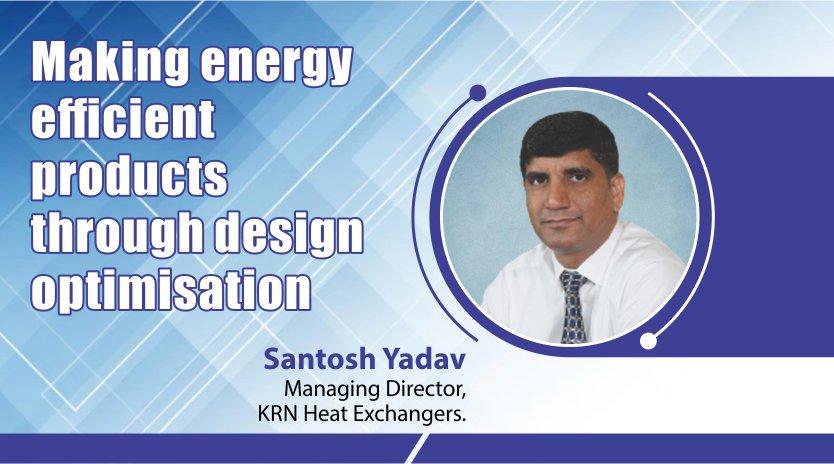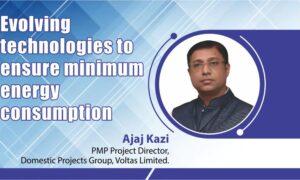HVAC systems have emerged as economically viable solutions to efficiently regulate the internal environmental conditions of a building or a house.
Growth in heat and ventilation market
As per the World Bank, GDP per capita of India rose from $112.434 in 1970 to $2,005.863 in 2018. Indian HVAC market from $8,526.7 million in 2019 to $31,598.6 million by 2030, at a high 16.0 percent CAGR during the forecast period (2020-2030). These appliances are witnessing rising sales with people purchasing them to maintain the optimum temperature inside closed spaces and achieve proper ventilation. From homes and large shops to offices, transport hubs, and factories, HVAC appliances find widespread usage. Another reason for the rising installation rate of such equipment in the country is its burgeoning residential construction sector. Most of the country has a tropical or subtropical climate, which means hot weather for much of the year. Day temperatures of 45 degrees Celsius are common in subHimalayan India during summers, while high humidity characterises the period between July and September.
Advanced heating equipment used in HVAC segment
High performance & durable materials: It is very important to have the right thing at the right place. In the case of HVAC the raw material used plays an important role as it directly affects the performance & life of the HVAC system.
Smart thermostats connect to home monitoring services: In a recent survey by Emerson Commercial and Residential Solutions, ventilation systems segment is to reach $22.9 billion by 2026. Wi-Fi-enabled programmable devices do more than just pre-set a temperature. Consumers search for products that can connect other smart home systems, such as Samsung SmartThings, Amazon Echo & Alexa etc.
Smart systems increase preventive maintenance: Smart HVAC systems are predicting when maintenance is needed before there’s a real issue. This new technology trend can change your relationship with your customers from someone they call in an emergency to someone they reach out to for regularly scheduled check-ups.
Heating and ventilation equipment/ technology
In the area of manufacturing high performance products, we manufacture the heat exchangers which deliver the higher performance and higher capacity. We are able to achieve this through our learning from the multiple projects delivered, types of industries served and experience gained from the monitoring and validating of our products in different applications. We can simulate different combinations of material to be used for the product based on its performance, capacity and durability required. Our factory is equipped with the latest technologies and facilities required to make the products remain safe and remain more durable in this kind of environment. Based on the region and application of the product, we are providing multiple solutions to the customers like Cathodic Electro Deposition, Electroplating , and Submersed dip coatings, Epoxy coating and so on.”
Energy efficient/ emission control features
We are making energy efficient products through design optimization. Further, we are delivering the energy efficient products to the customer to sustain them into this highly competitive market. We are developing & using the specified material and re-designing the customer’s existing products for optimisation, which helps to deliver a more economical product.”
Cooling sector and future of energy efficiency and heat exchangers
Soaring demand for high energy efficiency rated HVAC units will play a key role in driving the growth of the market. HVAC systems have emerged as economically viable solutions to efficiently regulate the internal environmental conditions of a building or a house. However, despite their economic feasibility, these systems can account for a large share of a structure’s energy consumption. As a result, consumers are actively demanding energy-efficient HVAC systems to bring down their power costs, which is one of the prominent HVAC system market trends. In addition to this, governments in several countries are constantly upgrading energy consumption standards for heating and cooling technologies. For example, the minimum Seasonal Energy Efficiency Ratio (SEER) rating was raised by the US Department of Energy to elevate the energy efficiency quotient of HVAC systems in the country.
Cookie Consent
We use cookies to personalize your experience. By continuing to visit this website you agree to our Terms & Conditions, Privacy Policy and Cookie Policy.















